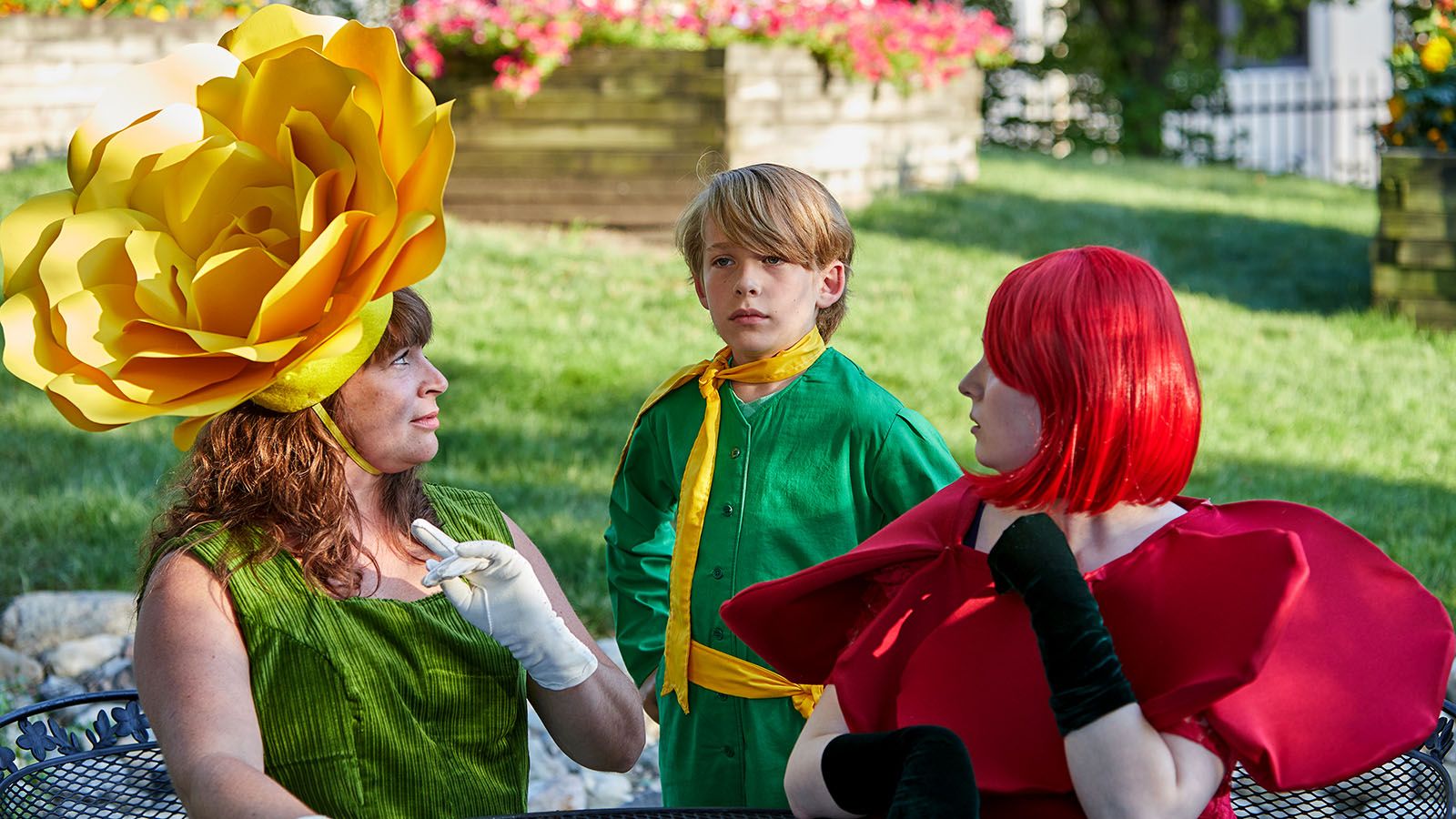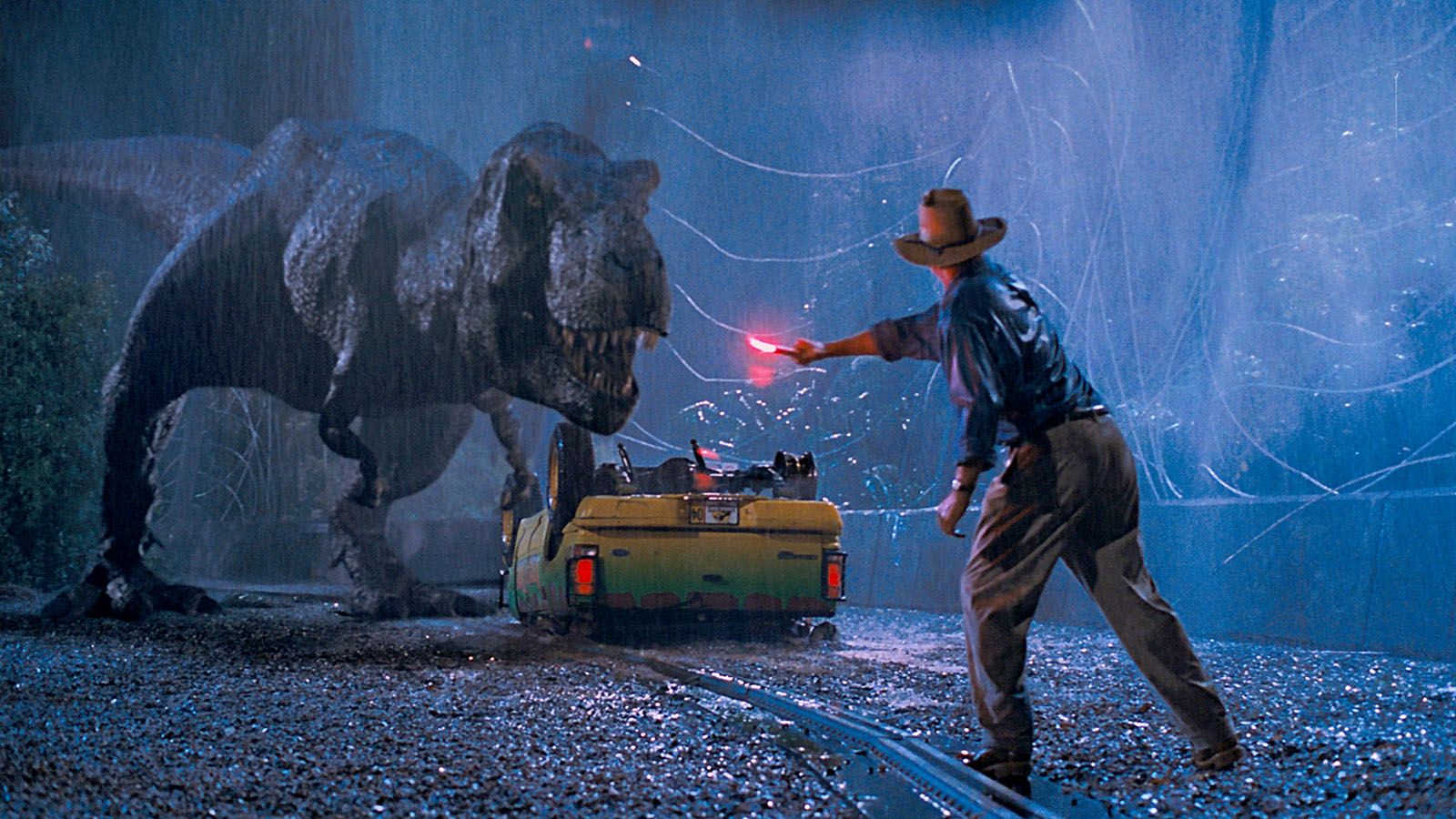Here’s a pop quiz question for you: What book has the second-highest worldwide sales in history, according to Wikipedia’s list of verified book sales? Hint: It’s the book which is the basis for the play that opens all for One’s season this month.
Believe it or not, The Little Prince, a novella by Antoine de Saint-Exupéry, has sold more than 100 million copies! Published simultaneously in French and English, it has been translated into 250 languages. Excluding religious titles, only Charles Dickens’ A Tale of Two Cities has achieved higher sales in modern times … and it was published 80 years earlier.
The Little Prince, for all its popularity, is a hard story to pin down. Its length and simple illustrations by the author make it feel like a children’s book, and it is often cataloged as such. It sometimes feels like an allegory or a parable. It has great emotional depth, as I can testify: The ending still makes me cry after decades of familiarity. There are also many comic moments, especially in the prince’s recounting of his travels to different planets. Is it satire? Poetry?
In truth, it’s a bit of all these things, especially parable and poetry. Many of the lines, short and poignant, feel like aphorisms, and have been widely quoted: “Straight ahead, one cannot go very far.” “What is essential is invisible to the eye.” “You become responsible, forever, for what you have tamed.”
Author deals with loss
Learning more about the life of author and aviator Antoine de Saint-Exupéry provides some insight into the source ideas for this book. A pilot in the 1920s and ’30s, he flew frequently between Europe and North Africa. On one adventure, trying to break an air speed record, he and his navigator crash-landed in the Sahara, and were rescued four days later, near death, by a Bedouin tribesman. There was also significant early loss in the author’s life: his father died when Antoine was only 4 and he lost a brother to rheumatic fever in his teens.
One feels that writing The Little Prince was a way of coming to terms with the loss of someone who is dearly loved. His treatment of these ideas is gentle and hopeful, which makes it as appropriate for young audiences as it is for adults.
Something for everyone
Those of our audience who already know and love the book should rest assured that this is a very faithful adaptation by Rick Cummins and John Scoullar. afO is committed to producing plays with spiritual and educational value, and we especially favor sound adaptations of classical literature. Producing a faithful representation of this story has stretched our creative team in new and fun ways.
It takes a village
Our lead costumer, Mary Swerens, has designed costumes for a Rose and a Desert Flower which will take your breath away. Construction lead Victoria Eastom has built us a 1940s airplane. And what about those all-important drawings that the prince keeps demanding of the aviator?
As the actor (Michael Butler) sketches, animated drawings will be projected on the wall behind the stage. These have all been created by Huntington University art major Carrie Runyan.
Our little prince with the very big role is Finley McGlothlin, making his afO stage debut. Fortunately for us, his mom, Joy, a former middle school drama teacher, is playing several smaller key roles, including the snake and the desert flower.
Nathaniel Wilson, also appearing with us for the first time, plays the fox, and, in quick succession, all the men from the various planets.
Rounding out the cast is the prince’s beloved Rose, played by Josette Wilhelm.
Tricia Clouse, afO’s education director, is serving as guest director for this main stage show, as well as composing and recording all the original music.
This year’s charity partner is Kate’s Kart. afO will be collecting brand-new books for children and teens who are hospitalized in Fort Wayne. Audience members are encouraged to bring books with them. More info on what books to donate can be found at kateskart.org.
 Submit Your Event
Submit Your Event




